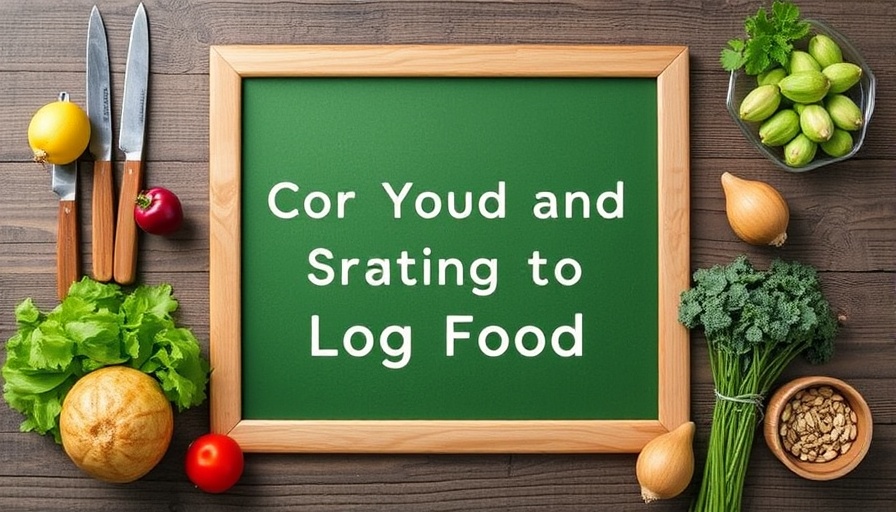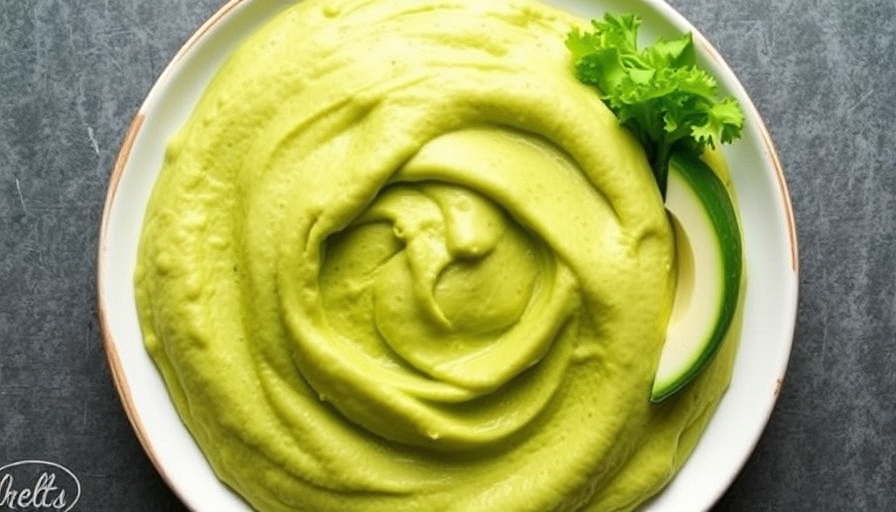
Unlocking the Benefits of Food Tracking: A Guide for Busy Families
In today's fast-paced world, finding time to focus on our health can be challenging, especially for parents and active seniors. Food tracking can seem like a daunting task, yet the benefits of monitoring what we eat can transform how we approach our diets. Rather than viewing it as an obligation, consider food logging as a strategic tool that can provide clarity and promote healthier eating habits.
Start Simple: Build a Routine that Works
For those just starting their food tracking journey, remember that every small step counts. Begin by logging just one meal a day and gradually increase. This approach not only helps build the habit without becoming overwhelming, but it also allows you to engage with your dietary choices on a manageable level. Once comfortable, expand to snacks and mood indicators to gain deeper insights into your eating patterns.
Consistency Trumps Perfection
Many people believe that they must log every single bite to gain benefits from tracking, but realism is essential. Focus on being consistent rather than perfect. Logging your intakes, even if imperfectly, allows for a clearer evaluation of your diet over time. Research consistently shows that consistent logging fosters long-term health improvements.
Using Tools to Your Advantage
Leveraging technology can make food tracking less burdensome. Apps like MyFitnessPal offer shortcuts such as barcode scanning and saved meals, which can simplify the process significantly. This way, when you encounter a busy day, logging meals can be as easy and quick as scanning items during grocery shopping.
Data-Driven Accountability
Food tracking is not solely for weight loss; it serves as a means to understand your eating habits and nutritional needs better. Gathering data helps identify patterns in your eating and can highlight nutrient gaps, such as lacking protein or fiber. Moreover, tracking enhances accountability, motivating individuals and families to make healthier decisions as they see their habits unfold.
The Bottom Line: Embrace Food Tracking
Whether you're looking to optimize your nutrition for better energy levels, support weight loss goals, or simply want to be more mindful of your eating habits, tracking food intake can be an invaluable tool. By starting simply, maintaining consistency, and utilizing the right tools, you can seamlessly integrate food tracking into your daily routine. The benefits are too significant to overlook!
 Add Row
Add Row  Add
Add 




Write A Comment